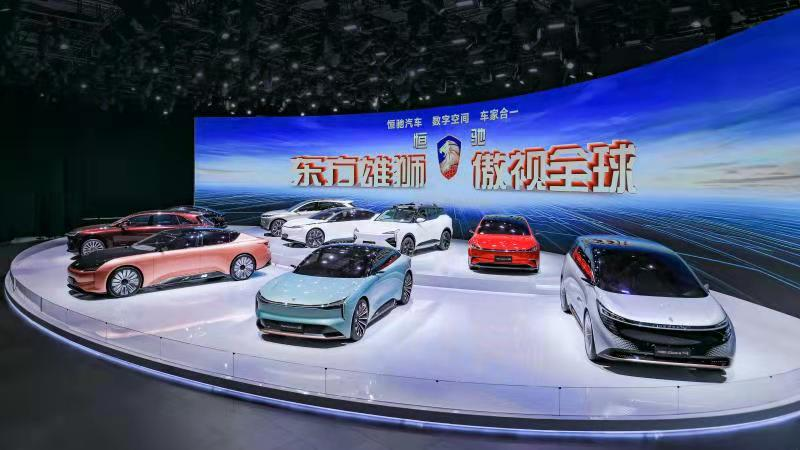*This article is reproduced from the autocarweekly official account.
Author: Jingjing
As someone who has worked in the automotive media for nearly 10 years, I am unsure how to evaluate Hengchi, this automaker.
Normally, whether it is a startup automaker with weak financial resources or a capital giant crossing over into the automotive industry, if they are sincere about making cars, their first step would be to concentrate their resources and time and produce an affordable or high-end product, which is crucial for launching subsequent business operations.
Therefore, when Hengchi released 9 products at once last year, both I and almost all of my media colleagues held strong skeptical attitudes, with doubts only tempered by Hengchi’s strong backing from Evergrande. While questioning, I also harbored a sense of anticipation, wondering how Evergrande planned to navigate this supposedly arduous industry.
At this year’s Shanghai Auto Show, Hengchi’s massive strategic planning finally presented substantial progress.
Nine cars were scattered on the main stage, truly displaying their presence to the public eye. The shock value was far beyond that of the initial promotional photos, and I believe that in this instant, some of the doubts about Hengchi held by many people were dissipated. With the increasing amount of strategic information released during the press conference, my doubts about Hengchi have also gradually turned into anticipation.
First of all, these dazzling nine cars on the stage were impossible to discern their level and mutual relationship at once. However, a subsequent picture made Hengchi’s complex product line instantaneously clear:
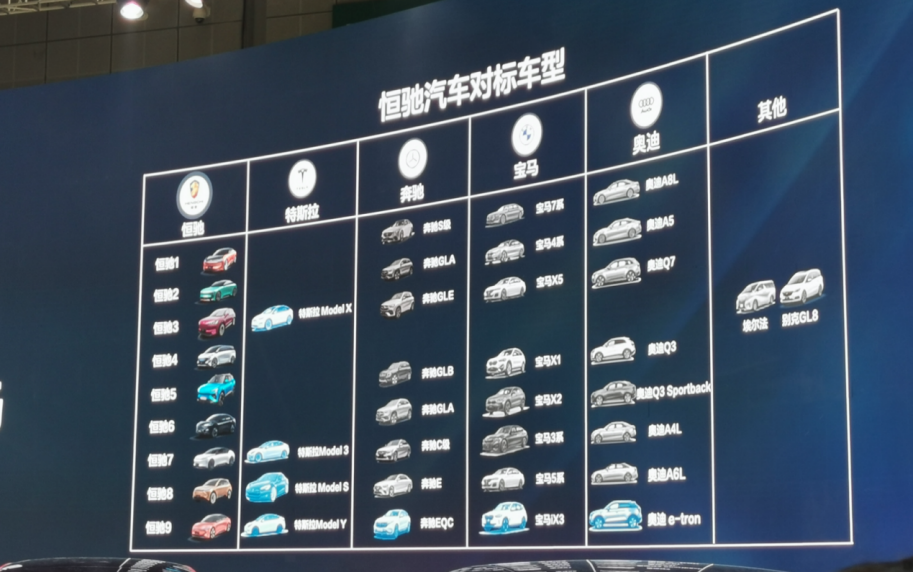
Hengchi 1, the only D-class pure electric car currently available, serves as the flagship of the Hengchi brand and directly targets heavyweight gasoline cars such as the Mercedes-Benz S-Class and the BMW 7 Series. Such positioning has surpassed the Tesla Model S, NIO ET7 and other models. As for the level of the Model S, it is matched by Hengchi 9, which is slightly lower.
Hengchi 3 is the highest level SUV and directly targets Tesla’s flagship SUV Model X, as well as gasoline cars such as the Mercedes-Benz GLE and the Audi Q7.
As for the high-end MPV model that has yet to appear in the electric field, it is the positioning of Hengchi 4, which aims at the Toyota Alphard and the Buick GL8.
In addition, the compact SUV, mid-size SUV, and compact sedan levels all fall under the nine-product system of Hengchi, and the nine products already released will cover 95% of the luxury market.
After the product positioning is clear, as a pure electric car, what kind of quality do these models exhibit in the most critical areas, such as performance and endurance?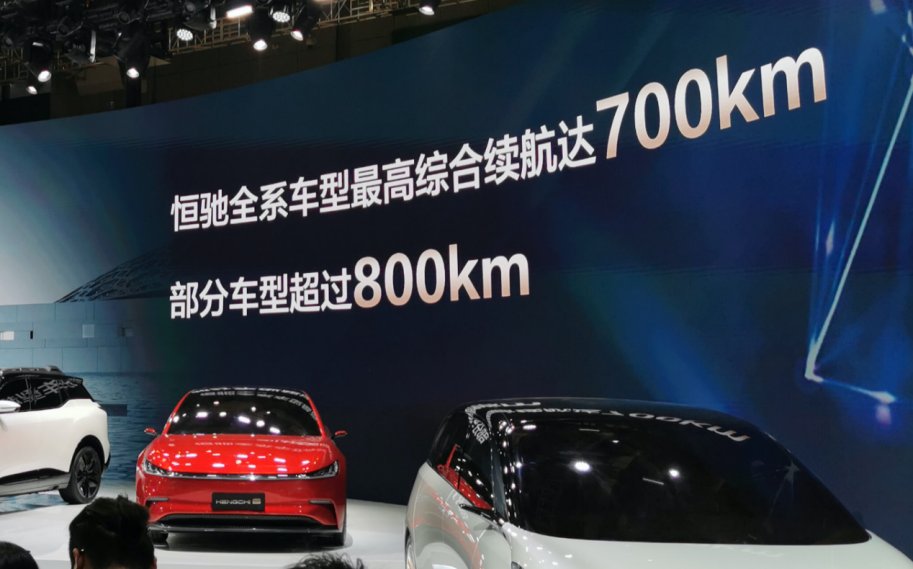
Hengchi did not provide specific data for each model, but there are several very clear standards: the highest range of all models is up to 700 kilometers, and some models exceed 800 kilometers. Leaving aside the “future cars” that are still far from delivery, in the current era where anything over 600 kilometers is considered long-range, Hengchi’s promises are at the forefront of the industry.
Since the goal is the luxury market, these range capabilities are only the necessary foundation. In addition to range, what characteristics Hengchi’s products will have will determine what kind of customer base it will attract. In terms of other attributes, the features that Hengchi provides are also very simple – all functions are at the most advanced, top-of-the-line level.
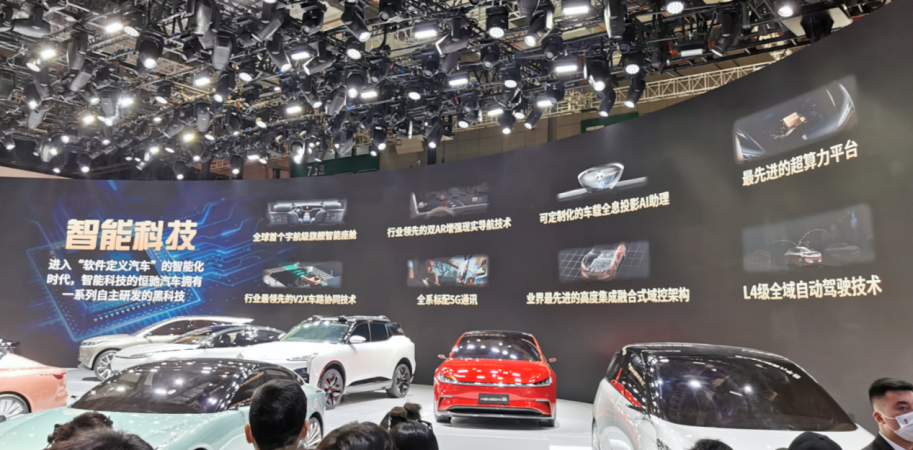
The flagship smart cockpit of the car has achieved the world’s first aerospace-level standard; the navigation technology adopts a unique dual AR-enhanced reality route; the interaction system is realized by a full-series AI assistant, which can also support customization; 5G communications are standard throughout the series, and the L4 level of autonomous driving has been achieved. As for ultra-computing power platforms, V2X vehicle-road collaboration, and so on, one sentence, all have reached the “most advanced” level.
The standards are high, and the goals are big. If any other company claimed to achieve the above goals before releasing a mass-produced vehicle, they would be labeled as a “PPT car maker”. However, the protagonist this time is Hengchi, and similar plots in different scenarios do not necessarily lead to similar results.
Although the specific technical path and indicators have not been disclosed, Hengchi has directly provided more core and basic elements – funds, R&D, and technical strength.
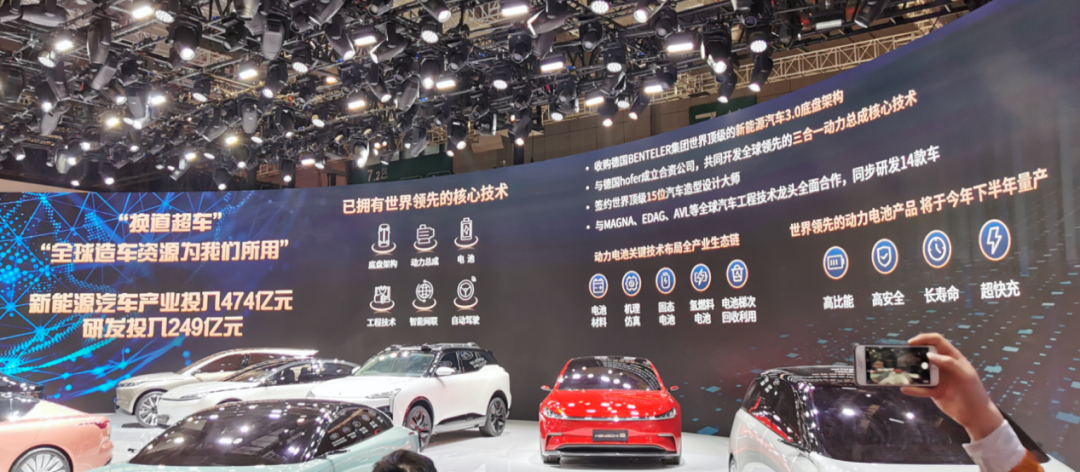
In the entire new energy vehicle project, Hengchi has invested a total of RMB 47.4 billion, of which R&D investment has reached RMB 24.9 billion. At present, the core technologies that it has announced to have mastered cover chassis architecture, powertrain, battery, engineering technology, intelligent interconnection, and autonomous driving, and the technical layout deeply covers the entire industry chain of battery materials, mechanism simulation, solid-state batteries, hydrogen fuel cells, and battery recycling.
The most anticipated aspect here is that Hengchi has announced that it will start production of “the world’s leading power battery products” in the second half of this year. This time point is already very close, so regardless of any doubts in your mind, you won’t have to wait too long to see the result.The technologies behind Hengchi automobiles are not developed out of thin air. For chassis architecture, Hengchi acquired leading-edge technology from BENTELER Group. For powertrain, they developed it jointly with Hofer Components, a German joint venture. For engineering manufacturing, they partnered with industry giants such as MAGNA, EDAG, and AVL. For styling design, they signed contracts directly with 15 top designers in the world.
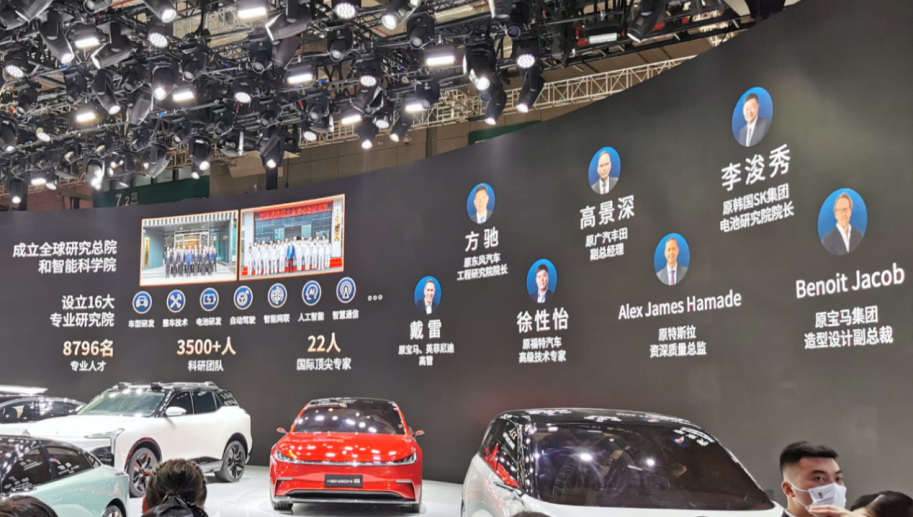
Up to now, Hengchi has assembled a R&D team of over 3500 people, which includes 22 experts covering various technology processes, including Fang Chi, former dean of Dongfeng Automobile Engineering Research Institute, Gao Jing Shen, former deputy GM of Guangzhou Toyota, and Lee Jun Soo, former head of SK Group Battery Research Institute in Korea.
Perhaps worried that these numbers and information are not enough to showcase their determination and strength in making cars, Hengchi arranged factory and engineering institute visits on the day of the auto show after the press conference. Here, we saw tangible factories, machinery, and busy R&D teams.
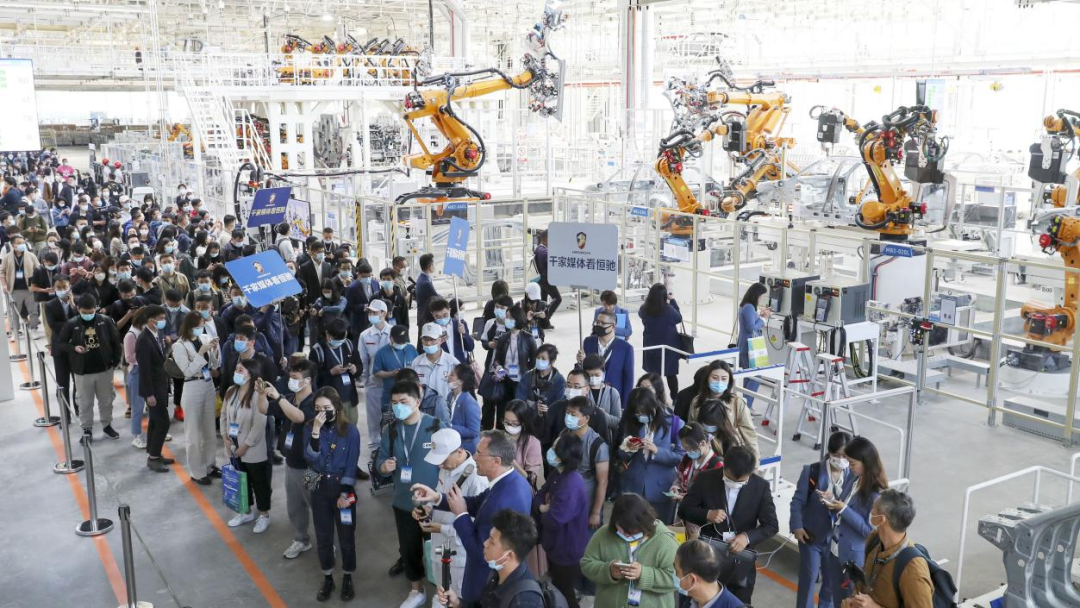
As a new player in the automobile industry, Hengchi has adopted industry’s highest standards in production, featuring nearly one thousand intelligent robots in the production process, from mold replacement, stamping, welding, riveting, gluing, to painting, almost all processes are mechanized.
In fact, this is a production base built according to Industry 4.0 standards, using equipment such as German Stemann fully automatic high-speed stamping line, Japanese Fanuc robot automatic packaging system, car body workshop equipped with German KUKA equipment and technology, and painting workshop composed of German Dürr production lines.
Previously, judging the sincerity of a new car brand was of utmost importance, and a key indicator was whether it had a factory, as the factory is the highest threshold and requires a significant amount of investment. In this respect, Hengchi directly built the most advanced base in the world.
What surprised me was that Hengchi also let us experience driving their cars, specifically the Hengchi 5, which belongs to the compact SUV category, and is a relatively low-threshold model in Hengchi’s product lineup.

Although it is positioned as a compact SUV, the Hengchi 5 has a rather large SUV aura. Unlike traditional car companies that still retain significant fuel-era characteristics in their electric vehicles, Hengchi 5 has no burden, and its identity as a new energy vehicle can be seen from the front.This car comes from the team of design master Nakamura Shirou. The front face creates a strong visual tension through the H-shaped headlights and geometric patterns, while the side lines are simple and neat. With the help of the suspended roof, it highlights a strong sense of movement. The similar taillight shape at the rear echoes the front face.
Although it is not positioned as the highest level, the cabin of the Hengchi 5 adopts the world’s first ultra-large 3D curved surface surround three-screen provided, which is hard not to make people think of much higher-level cars like Mercedes EQS.
In the test drive section, although its endurance performance cannot be tested, the performance of rapid acceleration still makes people feel the power of electric vehicles. The model that is scheduled to start trial production by the end of this year is equipped with AR Driving augmented reality driving assistance, which can provide augmented reality, intuitive presentation, and secure navigation services.
Although the experience time was short, considering the progress of Hengchi, showing the world that they can produce drivable cars in the shortest amount of time is the best promise Hengchi has made for car manufacturing.
“The best or nothing.” This seemingly straightforward slogan embodies the admirable confidence of Hengchi.
The journey of a thousand miles begins with a single step. Car manufacturing, the most difficult project, Hengchi did not cautiously move forward like other companies, but instead invested heavily and was full of aggressive actions. In every link that is considered a barrier to entry, Hengchi has made incredible progress at an incredible speed.
The goal set by Hengchi for itself is to achieve the annual production and sales of one million vehicles in 2025 and five million vehicles in 2035, which far exceeds the scale that current domestic companies can achieve. If it were any other company, I would probably just smile and ignore it, but after showing its strength at this auto show, Hengchi has become one of the most anticipated car companies in China.
This article is a translation by ChatGPT of a Chinese report from 42HOW. If you have any questions about it, please email bd@42how.com.
